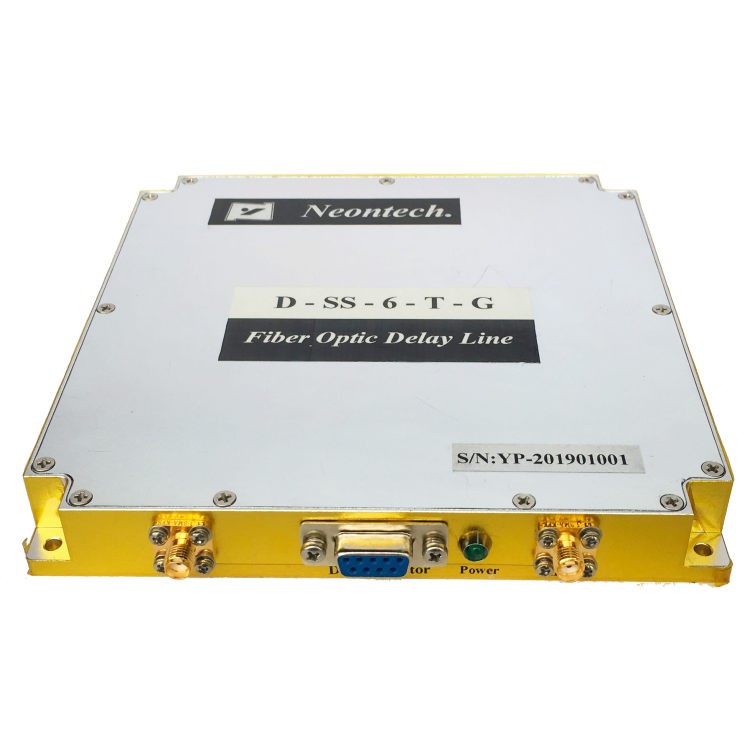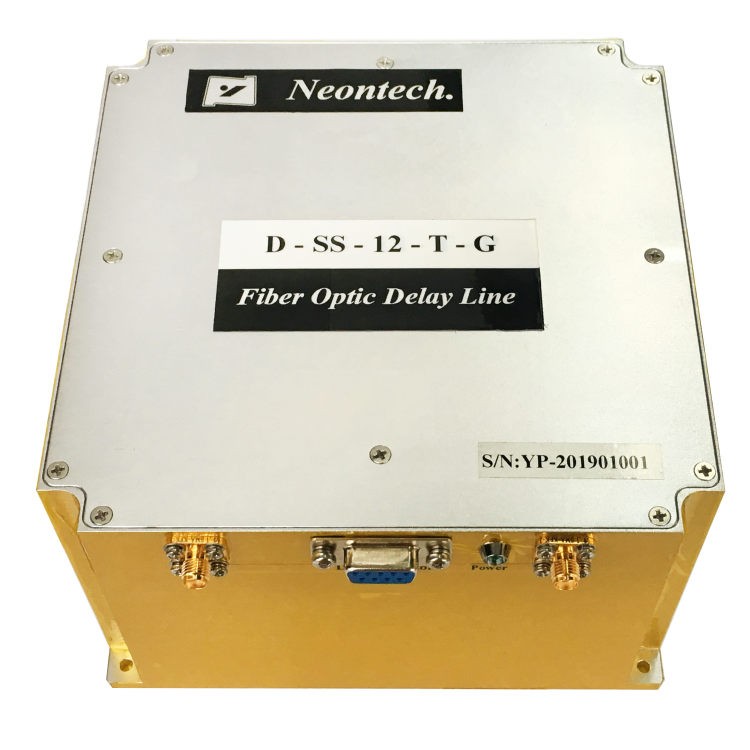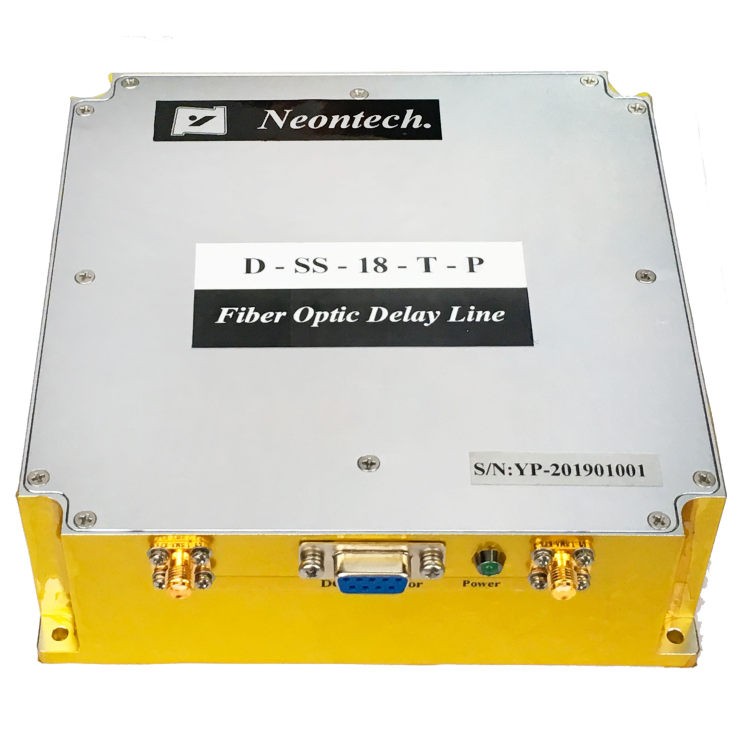Optical Delay Line: From Signal Compensation to Precision Optical Simulator
This emphasis on improved performance in contemporary electronic warfare and radar—based on ultra-high resolution, greater instantaneous bandwidth, and superior anti-jamming capability—makes traditional delay technologies unsuitable. Standard systems, such as coaxial or surface acoustic wave (SAW) delay lines, are not good enough to fulfill the needs of the high-fidelity systems of today. Such a requirement has strongly driven the optical delay line (ODL), particularly the fiber-optic version, to become the definitive approach.
However, the ODL’s role is quickly being developed beyond delay compensation. Products such as the NEON D-SS series, which have been explicitly called “Optical Delay Line & Optical Simulator,” demonstrate that the technology is already a fundamental means of simulating complex, real-world, radio frequency (RF) scenarios in the controlled lab environment.
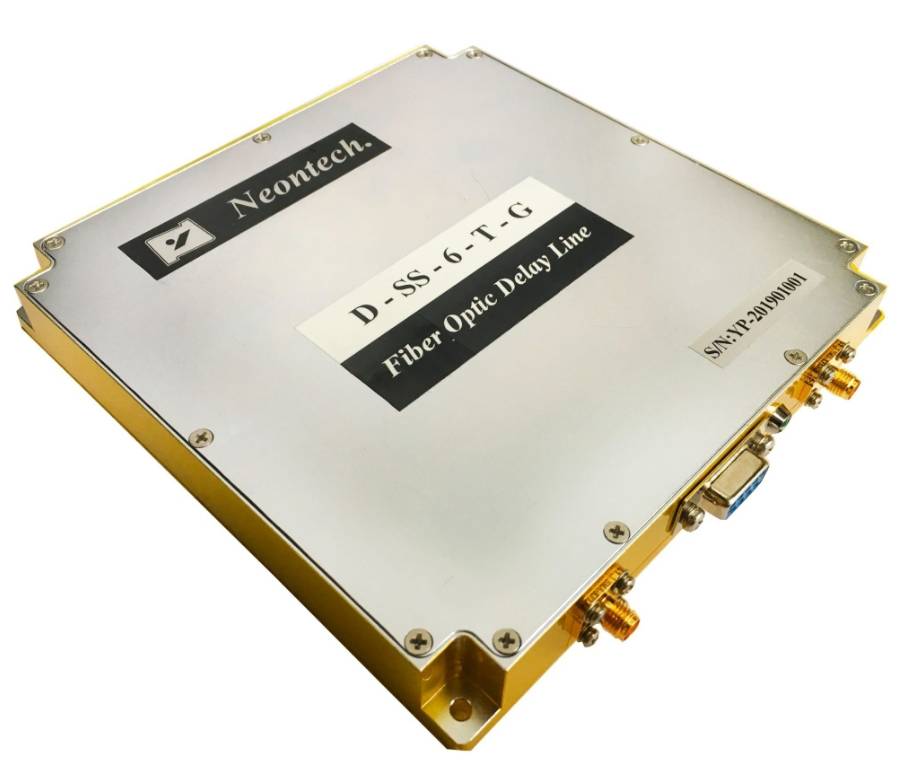
How Microwave Photonics for High-Fidelity Time Control
An important aspect that contributed to the ODL’s success is its Microwave-photonic technology. An ODL works by converting an input RF signal into a light wave through a semiconductor laser diode, transmitting the modulated light through a precise length of optical fiber, and generating an electrical RF signal at the receiver. This approach has several technical advantages key to simulation:
- Ultra-Wideband Operation: ODLs are able to transmit ultra-high-frequency signals typical of modern radar with bandwidths of up to 18 GHz.
- High Dynamic Range and Low Loss: The very low attenuation of optical fiber—plus features that allow for strong electromagnetic isolation—ensures that the simulated signal maintains its integrity and fidelity, a critical factor for accurate scenario modeling.
- Precision and Range: With an extensive delay range (e.g., 0.01 to 150 µs), this technology can accurately reproduce various specific time-domain events (e.g., ±2‰) with a high degree of confidence.
Applications of ODL in Accurate Propagation and Ranging Simulation as A Simulator
The main purpose of an optical delay line (ODL) is to simulate the propagation delay of an RF signal going long distances in free space. This ability is crucial to radar testing and calibration, such as follows:
- Radar Target Ranging: By accurately adjusting the length of the fiber, the ODL can reproduce the round-trip travel time of a radar pulse to a target and back. That lets engineers simulate targets at different ranges without the expensive and complicated field tests.
- System Calibration: The ODL allows the addition of a fixed, known delay to achieve the timing and ranging calibration of a radar system. This makes certain that the system meets strict resolution constraints.
- True Time Delay (TTD) Compensation: In phased array radar systems, the delay for TTD is compensated by the ODL in order to avoid beam squint, which is a distortion effect from old-style phase shifters controlling widespread bandwidths. Consequently, ODLs help maintain high angular resolution over the radar’s full frequency spectrum.
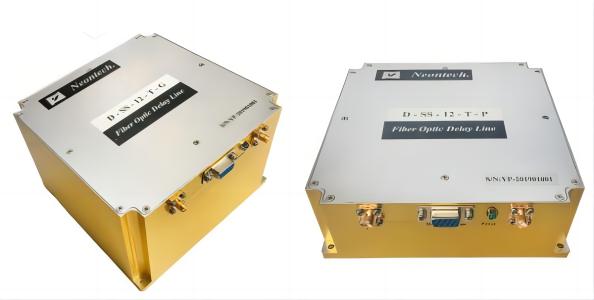
Advanced Applications in Complex Scenario
The advanced and customizable nature of the optical delay line makes it an invaluable tool for complex scenario modeling, especially in phased array antenna systems and electronic warfare (EW) applications.
- Phased Array Antenna Simulation: Beam steering in present-day phased array antennas relies on the accurate control of relative time delay or phase shift across signals sent to or received from different antenna elements. As such, an optical delay line (ODL) is an optimal optical simulator. By simply setting up more than one ODL unit, engineers can emulate the corresponding delay independently of each part, resulting in an architecture modeling the whole antenna array. This configuration allows reliable testing and verification of beamforming and steering performance (low side-lobe levels, high directionality, and rapid beam agility) without the expense and complexity of erecting a full antenna system.
- Electronic Warfare (EW) Systems: Systems in EW applications, therefore, are required to respond and process many signals that are produced from a variety of dynamic sources in parallel. Through applying multiple-variable-delay optical simulator paths, there is the opportunity to simulate a realistic and dense signal environment. This involves the simulation of the time-of-arrival, amplitudes, and phase stability, important for comparing receivers in noisy or adverse environments. Specialized ODL-based modules, e.g., NEON DS-HAP, are also capable of increasing the precision in the testing results by controlling the amplitude and phase very accurately, assuring the system strength from interference and signal distortion.
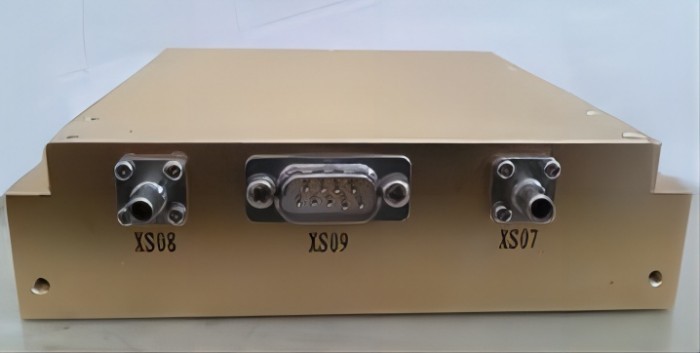
In conclusion, the optical delay line has achieved its evolution from a compensator to a strong and flexible optical simulator. With the accuracy and bandwidth of microwave photonics, it offers a unique platform for radar testing/calibration, signal processing, and realistic phased array antenna and EW scenario modelling. This is a key enablement for the next generation of high performance RF technology, for both military and commercial operations.




